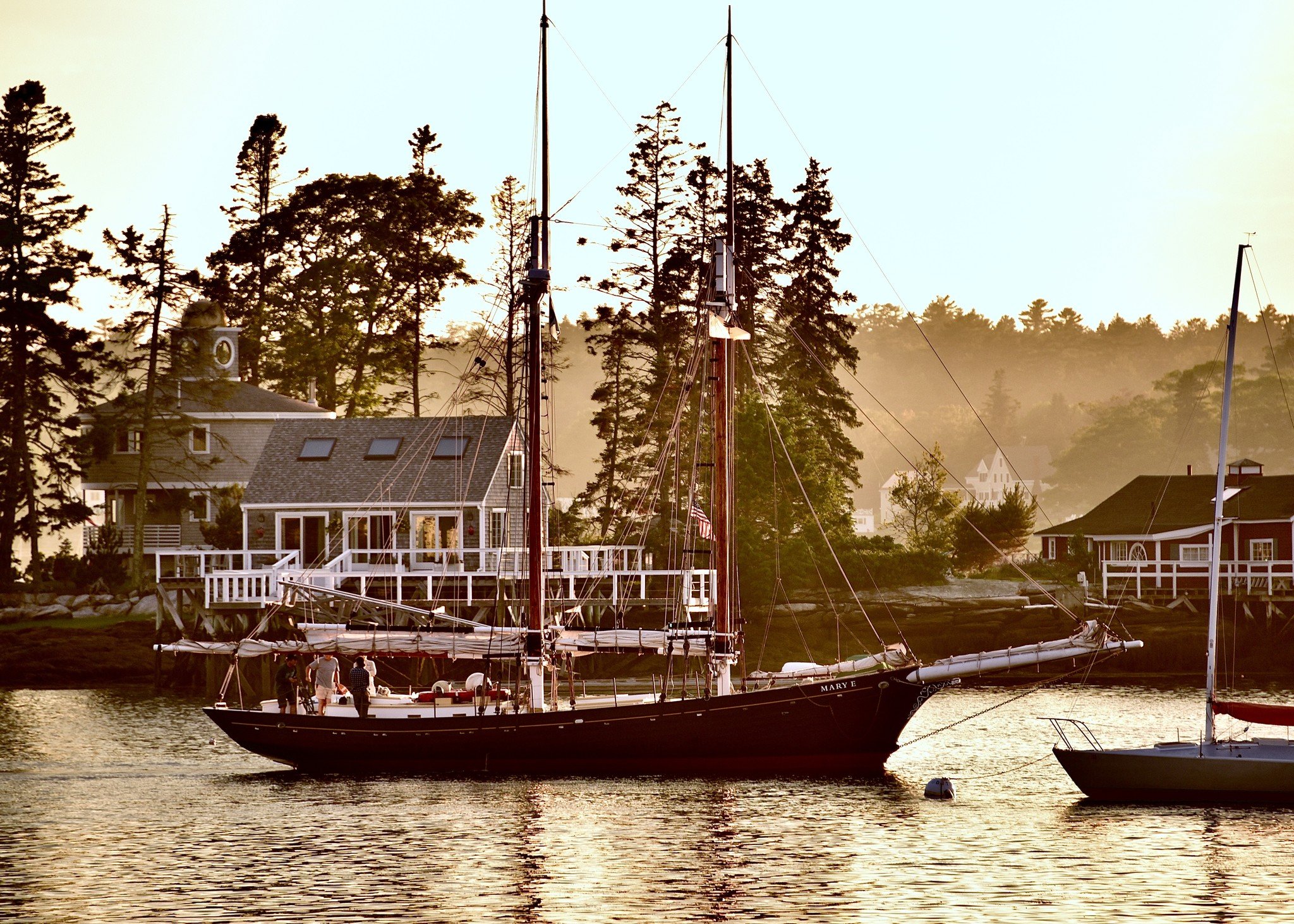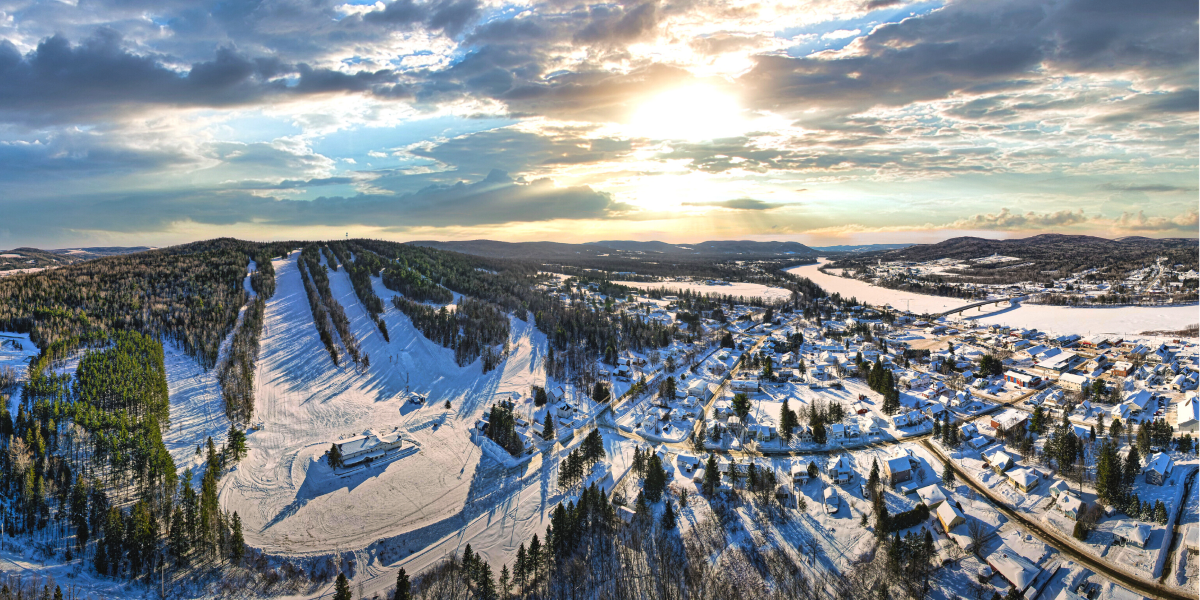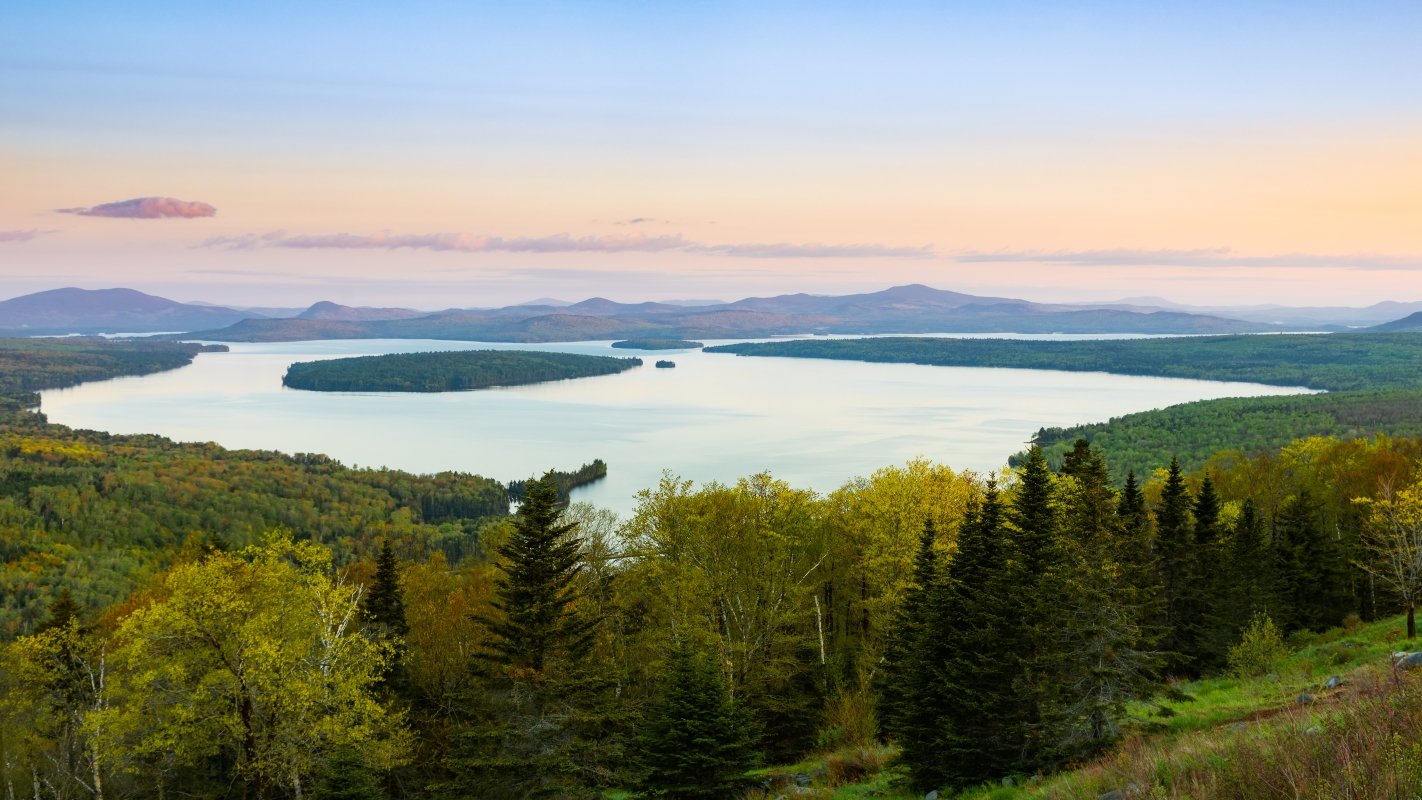Off the beaten path: Eastport & Lubec
By Heather Chandler and Jasmine Haines
Getting off the beaten path requires a spirit of adventure and a desire to discover your own true experience of a place. In this new series, we profile our favorite places to get off-the-beaten-path in Maine. These articles are meant to be an introduction, and not at all comprehensive. There are just so many sweet spots to explore, we couldn’t possibly include them all in this inaugural section. Consider this a jumping off point to fuel your own sense of adventure, with a few guideposts along the way. One great resource to find out what’s happening in Maine’s downtowns is the Main Street Maine program, a compilation of local life in Maine’s nationally recognized historic downtowns. Learn more at mainstreetmaine.org.
Photo: Don Dunbar
Eastport & Lubec
The two easternmost cities in all of the United States, Eastport and neighboring Lubec share a border, history and culture with their Canadian neighbors. The closeness of the international border, along with the strong presence of Native American Passamaquoddy culture, shapes the creative and economic influences of the area and gives Eastport and Lubec unique energy that has drawn artists and artisans to its shores for generations.
Typical of Maine’s meandering coastal geography, getting there and getting around by car is an experience in and of itself. The towns meet at the tips of two different peninsulas embracing the Bay of Fundy with no bridge in between them; Lubec can only be approached from the south, and Eastport from the north (though a ferry provides service between the two towns). Many visitors choose a route that allows them to see both towns and to take in the rugged beauty of the area with a scenic drive around the bay.
Whether you’re coming or going, you’ll access Eastport through Pleasant Point – or Sipayik, in the local Malecite-Passamaquoddy language – one of the largest Native American reservations in the state. Take this opportunity to stop by the Waponahki Museum, which displays Native American tools, baskets, beadwork and other artifacts, and hosts demonstrations and performances by local Passamaquoddy artisans.
Maine is known for its lighthouses, and West Quoddy Head is among its most justifiably famous, not only for its distinctive red and white stripes, but also for catching and reflecting the very first rays of morning sunlight to reach the United States. Built in 1858, it is located in Quoddy Head Park and is open to the public. The first floor of the lighthouse houses a visitor’s center, with interactive displays and a rotating exhibit of artwork by local artists. Bring a picnic lunch and watch for whales – these waters are their summertime feeding grounds from June into October.
West Quoddy Head. Photo courtesy of Maine Office of Tourism.
Be sure to pack your passport and visit the Roosevelt Campobello International Park, where the main attraction is the former summer home of President Franklin Delano Roosevelt and his wife, Eleanor. Visitors can tour the Roosevelt home, explore the extensive grounds and take in spectacular views of the Bay of Fundy. Although Campobello Island is officially in New Brunswick, Canada, the park is jointly maintained and funded by both Canada and the United States – another example of how the border lines here are blurred and the communities are intertwined.
While you’re learning about the history of the area, don’t overlook Lubec’s smoked herring industry. At its peak, Lubec led the nation in smoking and canning this small, savory fish that was a staple for middle-class homes and for troops during the two world wars. An unassuming, hands-on museum, the McCurdy Smokehouse Museum gives patrons a real sense of what life was like in this tiny coastal town once upon a time.
McMurdy Smokehouse Museum. Photo: Don Dunbar.
There must be a creative inspiration in the salt air around Eastport and Lubec, because there is no shortage of homegrown and transplanted talent to fill the many local art galleries. Eastport Breakwater Gallery, owned by local artists Cynthia and Michael Morse, represents more than 35 Maine artists and features sculptures, folk art and handmade crafts. Art appreciators should also stop by the Eastport Gallery, part of the Eastport Arts Center, which not only displays fine art but hosts events and performances. Two artist- owned galleries, both on Water Street in Eastport, are worth special mention: Eastern Maine Images Gallery highlights local photography by Don Dunbar in a renovated historic bank building, and at Crow Tracks Woodcarving sculptor Roland LaVallee carries on a multigeneration tradition of Franco woodcarving.
In Lubec, be sure to stop into Crow Town Gallery, owned by potter Shanna Wheelock and featuring a contemporary and eclectic assortment of fine art, pottery and jewelry. Shanna creates functional stoneware inspired by the beautiful landscape of the Downeast region. And each year, designs and produces 170 individual works of art for the Bay of Fundy International Marathon.
Not to be missed is one of the most cutting-edge art collectives in the state: The Tides Institute and Museum of Art. Known for crossing disciplinary boundaries as well as geographical borders, the Tides proudly interprets the area’s history, photography and architecture while also providing an exhibition venue, studio space, workshop facilities and more to visionary artists on both sides of the border. Their growing collection of international artwork is complemented by an expanding art reference library, a rare and essential asset in this part of the state. With ample space — including two former church sanctuaries with original pews and admirable acoustics — the Tides hosts frequent lectures and performances. Visit their website at tidesinstitute.org to find out what’s happening and what’s on view.
No tour of Eastport is complete without a stop at the famous Raye’s Mustard, the last surviving stone mustard mill in the country. Using a traditional cold-grind process in the very same mill where they have been located since 1900, Raye’s produces small-batch mustards that burst with flavor and are essential accompaniments to the local smoked herring. Raye’s is not just a mill but also a museum, where visitors can see the old-school production techniques first hand, and then pick up some freshly mixed mustard in the museum shop.
Mustard not your souvenir of choice? Check out The Shop at the Commons on Water Street, for a wide array of handcrafted jewelry, notecards, pottery and more, all sourced from local artists. They also offer two sweet seaside suites to rent upstairs; visit thecommonseastport.com to learn more.
For lodging and dining, check out Cohill’s Inn in Lubec, with breathtaking views of the Bay of Fundy on one side and of the Lubec Narrows on the other. Chef and owner Ellen Cohill works with local farmers and fishermen to create a menu with a whole-foods approach, and the results are mouthwatering. The overnight accommodations and the deck are both dog-friendly. And if you love exquisite old inns, treat yourself to the 19th century, Queen Anne style Kilby House B&B in Eastport. Recently renovated, and decorated with antiques and family heirlooms, you’ll feel as if you’ve stepped back in time. Just be sure you make time for breakfast – it is not to be missed.
For comfort food, stop into the WaCo Diner in Eastport, which has been serving seafood selections and other diner classics in Eastport for more than 83 years. Their deck overlooks the gorgeous Passamaquoddy Bay and is the perfect spot for a shore dinner or for morning coffee and a stack of pancakes drizzled with Maine maple syrup.
The long summer evenings in Eastport and Lubec pair perfectly with a locally made drink in your hand. Sourcing local and organic is a priority to the Lubec Brewing Company, and you will see that reflected in their beers (which include raw and unfiltered) as well as on their menu, which offers farm to table classic pub fare with plenty of vegetarian and vegan options. Enjoy live musical entertainment every night in the summer. If spirits are more your speed, plan a visit to Dooryard Shine on Eastport’s Water Street. The distillery’s tasting room features “Shantytown Rum,” a 140-proof maple wood-aged rum.
Try Monica’s Chocolates for a dessert that will truly transport you. Owner Monica Elliot was born and raised in Peru and learned how to make the Peruvian filling she uses in her bonbons from her father. Her unique fine chocolates and truffles are handmade in-house, without any artificial flavors or preservatives, and are sold alongside jewelry, clothing and other Peruvian treasures in her Lubec shop.
Head out of town to enjoy the incomparable beauty of this part of the state. Campers and hikers alike will fall in love with nearby Cobscook Bay State Park, which offers camping facilities along with its extensive trails and glorious views – all dog-friendly. The park is a great place to spot wildlife and to witness the ebb and flow of the region’s impressive tides, up to 28 feet in range.
The Eastport Pirate Festival. Photo: Don Dunbar
Save the date!
Eastport Salmon and Seafood Festival
Labor Day Weekend
The Atlantic salmon here is fresh and worth celebrating with live music, arts and crafts, a farmers’ market, flea market and delicious seafood. The weekend wraps up on Salmon Sunday with a salmon barbecue community dinner.
Pirate Festival
Weekend after Labor Day
Arrgh! Wear your pirate gear for one of the most family-friendly festivals in Maine. There is a pirate lobster boat race on Passamaquoddy Bay, live music, food vendors, fireworks and more. You can even witness a friendly pirate invasion of Lubec.
















Winding roads, rivers and coves lead to picture-perfect seascapes and classic New England small towns in Maine’s Mid-Midcoast